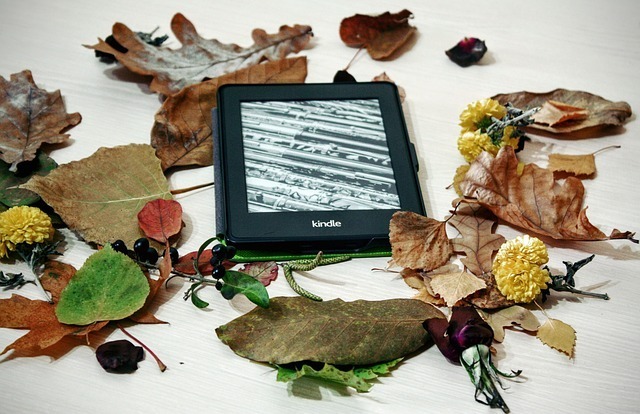After much deep and profound brain things inside my head, as King Julien would say, I have come to the conclusion that what I really need here is your opinions. As many of them as possible, in fact, although ideally not more than one each. (Unless you can support them with reference to the text, as my first-year Shakespeare lecturer would say.)

The brain-thing which is currently circulating inside my head is this question: what constitutes a Young Adult novel? More specifically, was I mistaken in not classifying Restoration Day as a YA novel?


